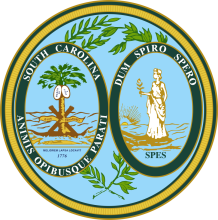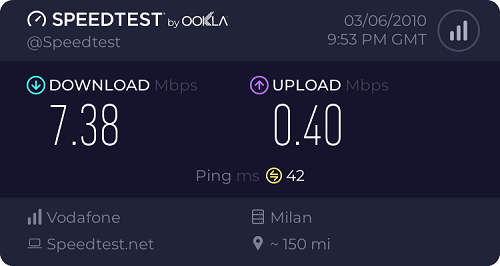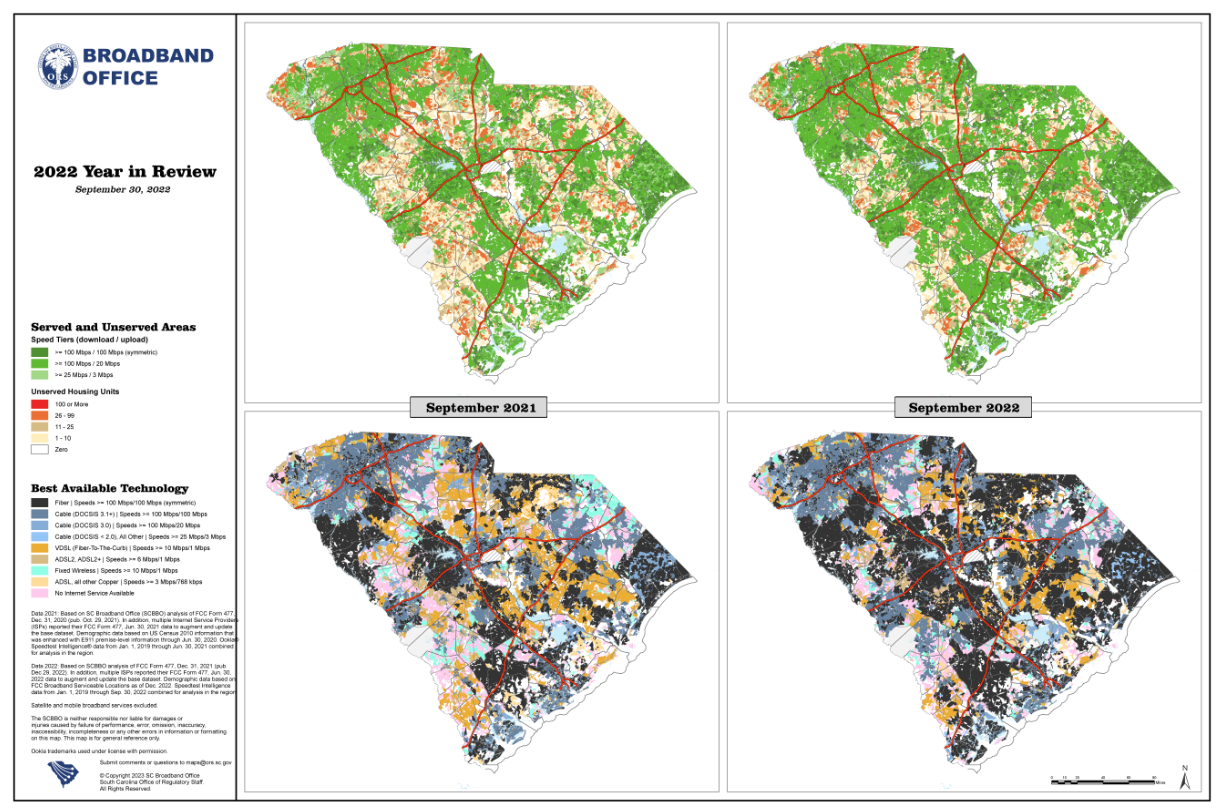
Fast, affordable Internet access for all.

*In partnership with Broadband Breakfast, we occasionally republish each other's content. The following story by Broadband Breakfast Reporter Teralyn Whipple was originally published here.
South Carolina’s innovative state broadband map can accurately identify areas of over-reporting by Internet service providers (ISPs), the director of the state’s broadband office said in a recent Ask Me Anything! session in the broadband community.
South Carolina processes the same data as does the Federal Communications Commission (FCC) as it creates its broadband map.
However, it also performs audits on the ISPs to ensure they are submitting accurate data. Hence, the state can determine errors in reporting data based on where the ISP’s networks had been deployed previously and where state investments have gone, said Jim Stritzinger, director of the state’s broadband office.
Providers are required to file amended returns with the FCC in the event that South Carolina’s state broadband office flags errors in their reporting information. Errors include misreporting of technology types.
If the reporting errors are not corrected, the state will report the defaulting ISP to the FCC, said Stritzinger, a software engineer with a passion for mapping broadband in the Palmetto state.
A big flaw of the FCC’s maps is that ISPs were able to report advertised speeds, which Stritzinger said were useless.

To enhance the accuracy and reliability of the maps, Stritzinger partnered with broadband data collection company Ookla, and integrated speed test data directly into the mapping system. More than 12 million Ookla speed tests have now been incorporated into the map, with some census blocks containing over 15,000 tests.
In 2021, South Carolina made the decision to no longer accept Digital Subscriber Lines (DSL) as reliable service anywhere in the state. Doing so opened large regions of the state to investments, said Stritzinger, and will reduce the number of underserved locations.
The state’s next iteration of its map is set to come out sometime before June 30, and will be the state’s first address-level broadband map.
Stritzinger estimated that investments from the Broadband Equity Access and Deployment program will be deployed in 2025. In the meantime, the state will continue working to deploy the American Rescue Plan Act dollars, which allocated $25 billion in several broadband projects, $8 billion of which will go to states and local governments directly.

